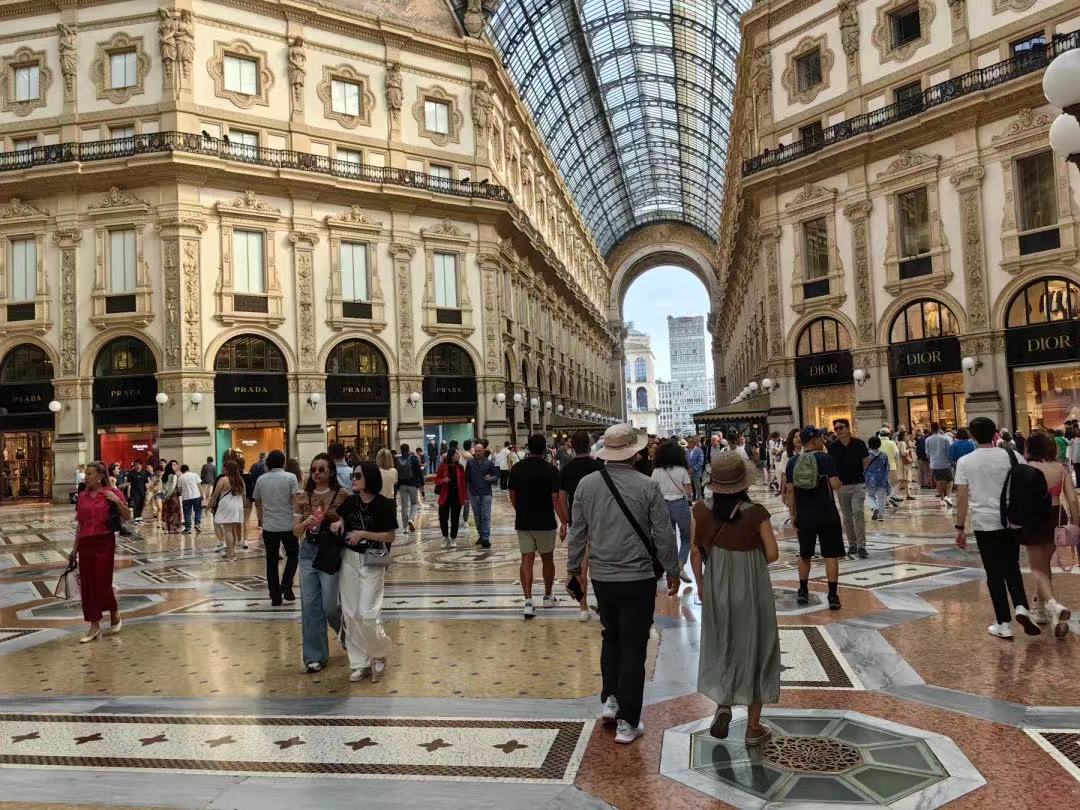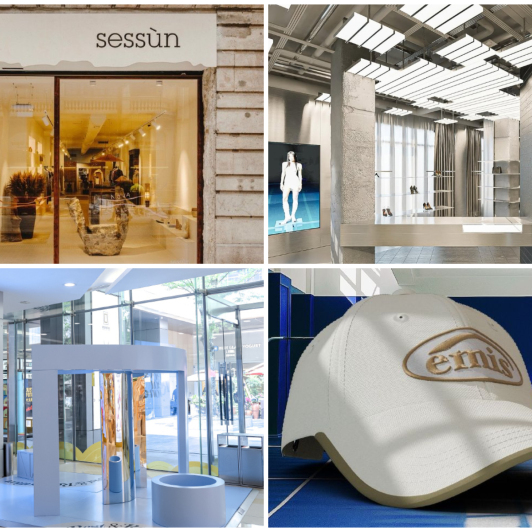Even though overseas travel has fully returned to normal, current indications suggest that Chinese consumers are not yet rushing to Europe to snap up luxury goods.
A recent article by Bloomberg points out that a full recovery of Chinese consumers traveling to Europe for tourism might only be realized by the end of 2024 or in 2025.
Recently, Luxeplace.com also initiated a survey on the topic of outbound tourism through its WeChat public account. Combining the survey results, we similarly believe that Chinese consumers are gradually reigniting their enthusiasm for overseas luxury shopping. However, due to factors such as increased costs of overseas travel and further optimization of the domestic luxury goods consumption environment, overseas luxury goods shopping has not yet returned to pre-pandemic levels.
Chinese Consumers Are Again Eager for Overseas Travel, but Costs Have Risen
Luxeplace.com’s online survey on outbound tourism shows that 62% of respondents look forward to shopping overseas, with 12% expressing great anticipation. 61% still believe there is a difference between domestic and overseas shopping experiences. 79% have traveled overseas during this year’s National Day holiday.
However, visa and hotel costs have been a barrier to outbound travel. Analysts at Jefferies report that a trip to Milan for a Chinese couple, including the cost of purchasing a luxury handbag, is now about 53,000 yuan, nearly double the 30,000 yuan in 2019.
The survey results from Luxeplace.com also confirm this, with 52% of respondents indicating that their spending on outbound travel during the National Day holiday this year has increased compared to before the pandemic.
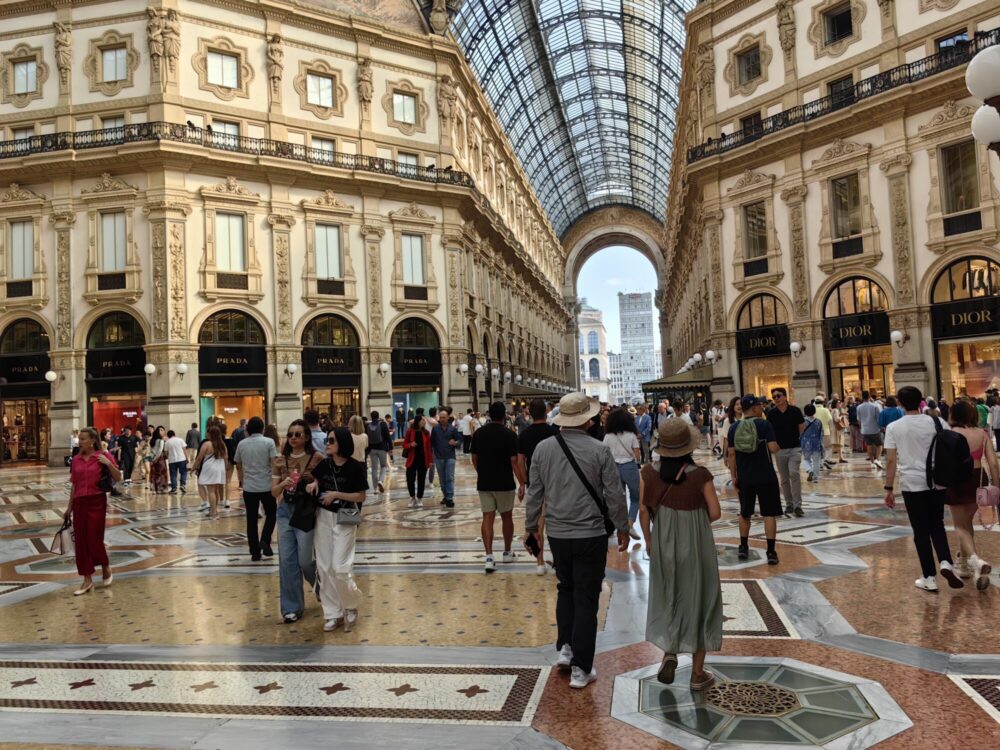
Bloomberg cites data from the international consulting firm Oliver Wyman: before the outbreak of COVID-19, about 170 million Chinese consumers traveled abroad for shopping, with France and Italy being popular destinations outside Asia. At that time, more than half of the luxury shopping by Chinese consumers took place abroad.
Despite a rebound in the proportion of luxury shopping abroad by Chinese consumers since later this year, it is still far from returning to pre-pandemic levels.
LVMH Group stated in its third-quarter financial report in October this year that globally, the ratio of domestic to foreign consumption continues to change, with an increasing number of mainland Chinese consumers traveling abroad for shopping. However, compared to 2019, there is still much less overseas spending by Chinese customers.
Jean-Marc Duplaix, CFO of Kering, mentioned in a post-third quarter earnings call that 25% of Chinese customers’ demand comes from customers traveling to Korea and Europe and other areas outside mainland China, but most of the current Chinese customer group’s consumption still comes from within mainland China.
Data from the overseas shopping tax refund service company Global Blue indicates that Chinese tourists’ consumption in Europe has risen since November, and the capacity of flights to Europe has also increased, but these figures are still far below the levels of 2019.
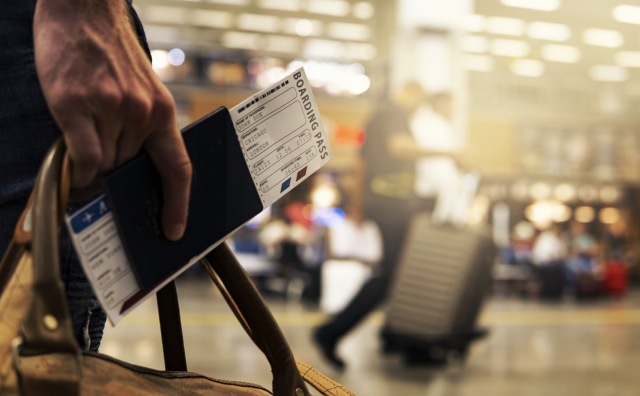
Overseas Consumption Composition: Decrease in Luxury Goods, Increase in Hotel Expenditures
Luxeplace.com’s outbound tourism survey shows that 46% of respondents purchased luxury goods while traveling abroad.
However, 64% of respondents plan to allocate more of their budget to hotels, considering the hotel experience very important. 38% chose boutique hotels for their overseas travels, and 32% opted for well-known brand hotels.
In terms of the amount spent on luxury goods overseas, 38% of respondents spent less than 5,000 yuan, and 35% spent between 10,000 and 50,000 yuan.
In terms of categories, leather goods are the most focused category for Chinese consumers when shopping abroad, followed by clothing, beauty, perfume, and jewelry.
Data from LVMH Group’s third-quarter financial report in October this year aligns with this, stating that for most brands in the fashion and leather goods department, the overseas contribution from Chinese customers is now about twice last year’s, reaching about 30%. However, the overseas purchasing proportion by Chinese buyers in the watches and jewelry department is less than 20%.
Most Popular Destinations for Outbound Travel: France, Italy, Japan
Luxeplace.com’s outbound tourism survey shows that the most popular destinations are France and Italy, followed by Japan.
These places are not only popular choices for overseas travel but also traditional havens for luxury goods shopping.
Burberry released its mid-term financial data in November, stating that Japan, Hong Kong, China, and Macau, China, are most noticeably driven by the return of Chinese tourists.
Johann Rupert, CEO of Richemont, mentioned in the mid-term financial data released in November, “The market still exists when Chinese consumers travel to Hong Kong, Macau, or even Japan, but the feel-good factor (of the past) is no longer there.”
Analysts at HSBC predict that luxury goods sales in regions like Japan in Asia will grow the fastest next year.
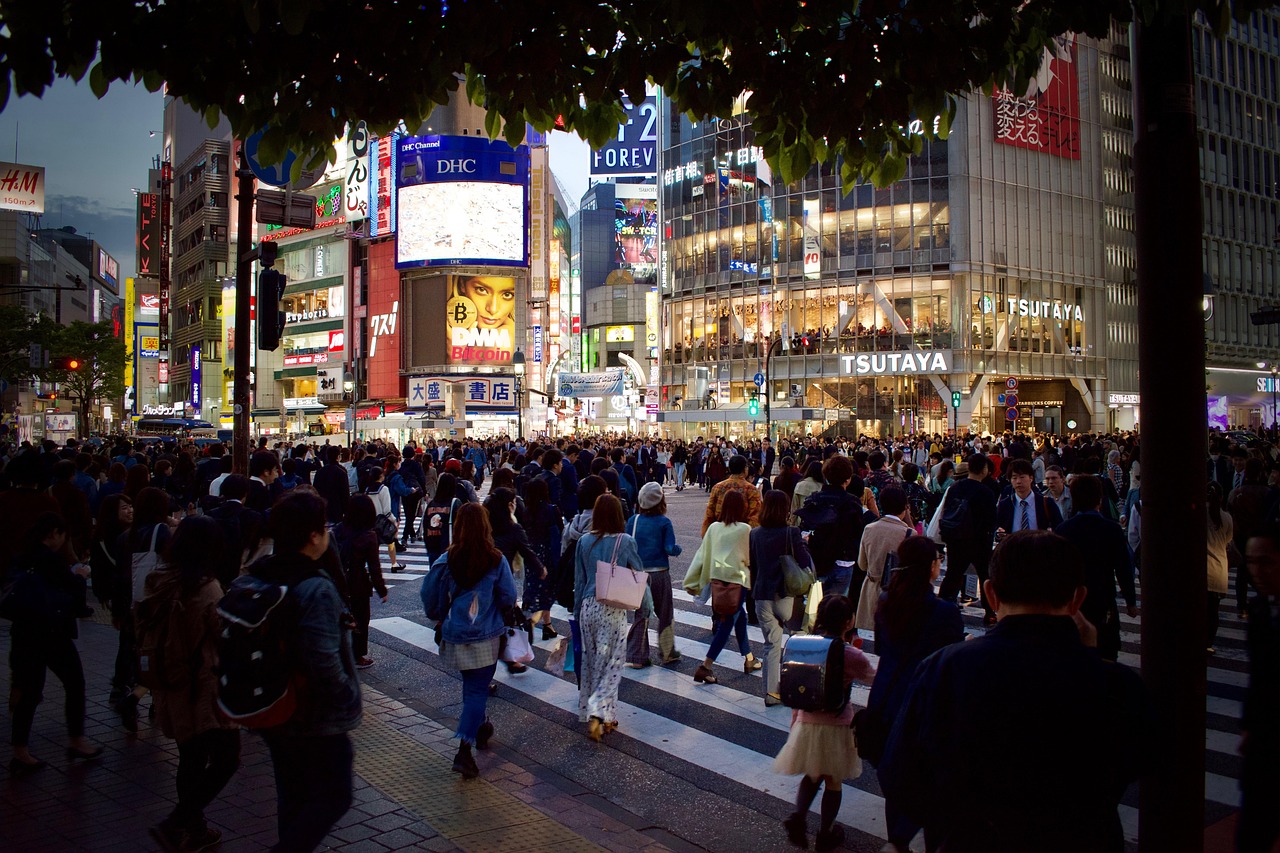
Luxury Consumption Returns to the Domestic Market, Overseas Price Differences Still Attractive
The domestic luxury shopping environment and experience are continuously being upgraded, attracting consumers to return. In recent years, Chinese consumers have become accustomed to purchasing luxury goods anytime and anywhere, rather than waiting until traveling abroad.
Many luxury brands have launched WeChat mini-programs, maintaining communication with VIP customers and providing them with quality services. Brands also offer a broader range of products in China and showcase them to VIP customers through exclusive events.
Major brands continue to invest in opening new stores and upgrading existing ones in Chinese cities, with luxury shopping exploding not only in top cities like Shanghai and Beijing but also in Chengdu, Shenzhen, and others.
Some brands have narrowed the price gap between products in China and other markets. Meanwhile, the weakening of the RMB means that buying luxury goods abroad is relatively less cheap.
However, in Luxeplace.com’s outbound tourism survey, 55% of respondents still expressed anticipation for overseas shopping due to the price difference between domestic and international markets.
Jean-Jacques Guiony, CFO of LVMH Group, observed the difference in consumption behavior of Chinese customers domestically and abroad. In the group’s third-quarter earnings call, he noted: “The average purchase level of customers who consume domestically is not as high as those who ‘passionately shop’ abroad, possibly only once in their lifetime.”

Luxury Brands Increase Focus on Domestic Duty-Free Shopping and Airport Shopping
China plans to develop Hainan into a free trade port by 2025, attracting more luxury brands and overseas travel retail groups.
DFS Group, the travel retail division of LVMH, stated in October that it will land its first seven-star luxury retail and entertainment leisure project in Sanya, Hainan – the DFS Yalong Bay project in Hainan, China, to seize the growing tourism in Hainan.
Jean-Jacques Guiony, CFO of LVMH Group, commented, “Given the number of people traveling to Hainan each year, it is an important market worth considering.” He added in the third-quarter earnings call, “All brands under the group are considering opening stores in Hainan in a specific way.”
In October this year, the Louis Vuitton store in Sanya opened.
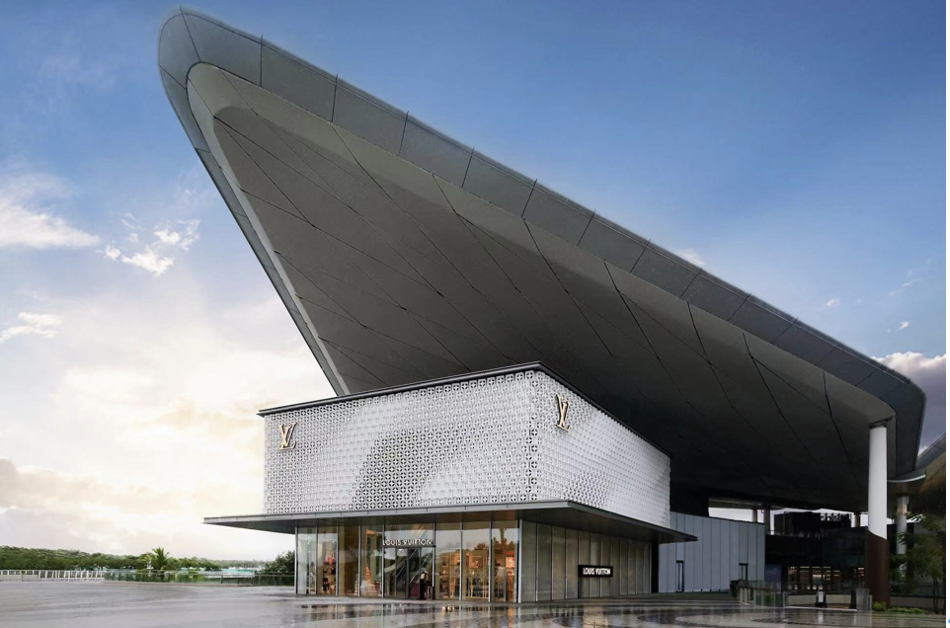
In November, Avolta Group (formerly Dufry), a globally renowned travel retailer, initially reached a cooperation intention with Zhuhai Duty-Free Group, planning to empower the “Sanya Bay No. 1” project – a high-end seaside commercial complex with a total construction area of over 160,000 square meters.
If Hainan fully implements duty-free policies by 2025 as planned, domestic luxury consumption in China will grow even more.
Chinese airport commerce is also quietly being renewed and upgraded, with more luxury and fashion brands moving in and a richer array of businesses.
In September, DFS Chongqing Jiangbei International Airport boutique officially opened, becoming one of the largest duty-paid retail spaces in mainland China.
In early December, Avolta Group announced that as the main concessionaire for retail and dining, it will jointly operate Terminal 2 of Wuhan Tianhe Airport with Hubei Airport Group.
Oliver Wyman, an international consulting firm, predicts that the share of China’s domestic luxury market could double, increasing from the current 9% to 18% by 2028. Currently, domestic luxury consumption is primarily in the beauty category.
Oliver Wyman added that this also reflects that, in the medium to long term, the overseas luxury expenditure of Chinese consumers may not return to pre-pandemic levels.
| Image Credit: Louis Vuitton official, DFS official, Luxeplace.com photography, pixabay
丨Reporter:Jin Daixi
| Editor: Zhu Ruoyu

